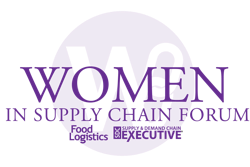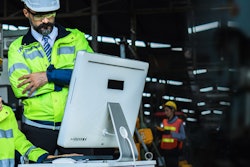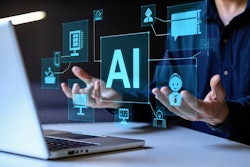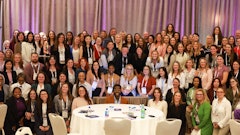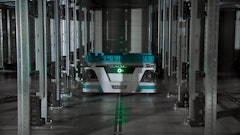
The workforce is changing, and businesses require a new approach to training and development. Nowhere is this shift more pronounced than in manufacturing, distribution and warehousing, where workers’ expectations around communication and connection are evolving fast. With five generations working side by side, employers have the unique opportunity to benefit from a wealth of knowledge in the workplace, but they need more efficient ways to share information, support new hires, and retain experienced staff. Mentorship can be one of a workplace’s best assets, and technology plays a central role in making mentorship and training more practical and accessible.
Real-time communication tools enable mentorship in the moments that matter
Traditional mentorship programs often rely on scheduled check-ins. Periodic evaluations have always been valuable, but consumer-grade communication tools make mentorship more effective. Instant messaging and photo sharing allow junior employees to ask questions about equipment or safety protocols, and enable more experienced workers to guide them in real time. These tools deliver the information that people need as they are working, which saves them from having to search for information or guess as to the correct way of performing a task. This is especially helpful in hands-on roles, where challenges often require fast, specific steps and solutions. Providing immediate feedback and support reduces mistakes and builds confidence among workers at all levels.
Mentorship programs and communication platforms are considered staples for corporate desk workers, but it’s a strategic business imperative to extend these benefits to the 2.7 billion deskless and frontline workers in the workforce too. Forty percent of frontline workers say communication from leadership often feels disconnected from the realities of their daily work. Meeting them where they are with modern tools like the apps they use in their personal lives can bridge this gap— making mentorship more relevant and effective.
Gen Z values mentorship over management
The labor force is becoming increasingly vocal, and Gen Z frontline workers have made it loud and clear they value genuine connection and growth opportunities over hierarchical frameworks and forced interactions. This generation is redefining what mentorship looks like in 2025, and companies that fail to create space for them now will rapidly fall behind.
Gen Z was raised to embrace lateral leadership, which is why mentorship resonates so strongly with this generation, and traditional management feels outdated to them. The concept of reverse mentorship first gained popularity among corporate workforces, and has recently emerged in deskless industries, creating space for entry-level workers to learn from and lead alongside their seasoned peers. This approach helps new hires feel like they are valued, contributing collaborators from day one. When businesses pair a formal, structured mentorship program with a lateral culture and real-time feedback, they offer cultural relevance and a clear path for growth. More frequent, real-time check-ins can help transform “just a job” into a fulfilling career in sectors such as manufacturing, logistics, transportation and warehousing.
Stronger teams start with smart, strategic pairings
Pairing experienced workers with new hires helps build confident and connected teams. Giving veteran employees formal mentorship roles boosts their confidence and engagement. Mentorship is especially important in keeping employees in jobs with high turnover: employees who have a mentor are 70% more likely to stay with their organization.
Many frontline workers have hands-on experience and insights that aren’t documented or written down, and mentorship helps pass this knowledge along before it’s lost. Modern workforce management capabilities not only enable real-time communication and knowledge sharing, but also offer skill-based scheduling, allowing workplaces to pair mentors and skilled workers with newer hires for shifts. Overall, this kind of intentional scheduling and team-building creates a skilled workforce that complements and learns from each other - freeing senior leadership to focus on business outcomes and ensuring resilience in the face of labor shortages and a skittish economy.




